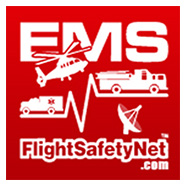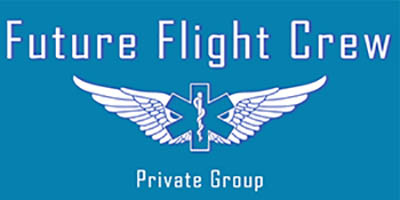BOSTON, MASS — Ambulance crashes have made the news recently. We all rely on EMTs and Paramedics for help when we need it. What can be done to help keep these lifesavers safe. And how often do these crashes happen?
Other motorists stopped to help get everyone out of the ambulance before police arrived and closed the highway. Other ambulances arrived to take the injured to the hospital.
Those are the recollections of some of the people aboard an ambulance that crashed on Interstate 91 North in Whately about 9 a.m. on June 27, 2018. Each wrote a short narrative that was submitted to the state as it reviewed the accident.
Ambulances respond when people are hurt in traffic accidents or suffering from other medical problems. But ambulances are sometimes involved in crashes themselves.
Ambulance crashes reported in Massachusetts in recent years had a variety of causes, from EMT fatigue to the inattention of other drivers. Experts say a variety of factors contribute to ambulance crashes and more needs to be done to find ways to prevent them.
Mass State regulations (105 CMR 170.350) require ambulance providers to report “serious incidents” including crashes to the Office of Emergency Medical Services, part of the state Department of Public Health.
In response to a public records request, DPH provided The Republican with a list indicating 66 ambulance crashes from Jan. 1, 2014, to Dec. 31, 2017. Based on media reports, The Republican identified an additional seven accidents in Massachusetts during that period, for a total of 73. Available data was incomplete, but indicated patients were aboard the ambulances in at least 37 of the crashes, and injuries were reported in 30 of them. Three of the crashes were fatal.
Those numbers compare to 5.2 million emergency and nonemergency runs reported by ambulance services to the Massachusetts Ambulance Trip Record Information System during the same four-year period.
Data from the National Highway Traffic Safety Administration indicates there were 20 fatal ambulance crashes in Massachusetts from 1982 to 2017, for an average of less than one a year. The nationwide average is 27 fatal crashes involving ambulances per year.
EMTs in Massachusetts are tested every two years on medical knowledge and skills in order to maintain certification. And while they must have valid driver’s licenses, the state does not require EMTs to go through emergency vehicle operator training.
Individual EMS agencies or municipalities can set their own driver training requirements, and classes are offered periodically by various agencies, said Deborah Clapp, executive director of the nonprofit coordinating agency Western Massachusetts Emergency Medical Services.
One area ambulance company, for example, provides two days of driver training for its new recruits, including a daylong classroom session and one day spent on a “cone course” and driving in traffic with an instructor in the passenger seat.
More details about ambulance crashes here.
[divider style=”9″]
Interested in learning more about how to get started as a Flight RT, Flight Medic, Flight Nurse or EMS Pilot?
Join our Future Flight Crew Private Facebook Group. Answer 3 simple questions to join, takes less than a minute.
CLICK THE BANNER to Sign Up:
[arrows style=”arrow-red-11.png” align=”left”]



